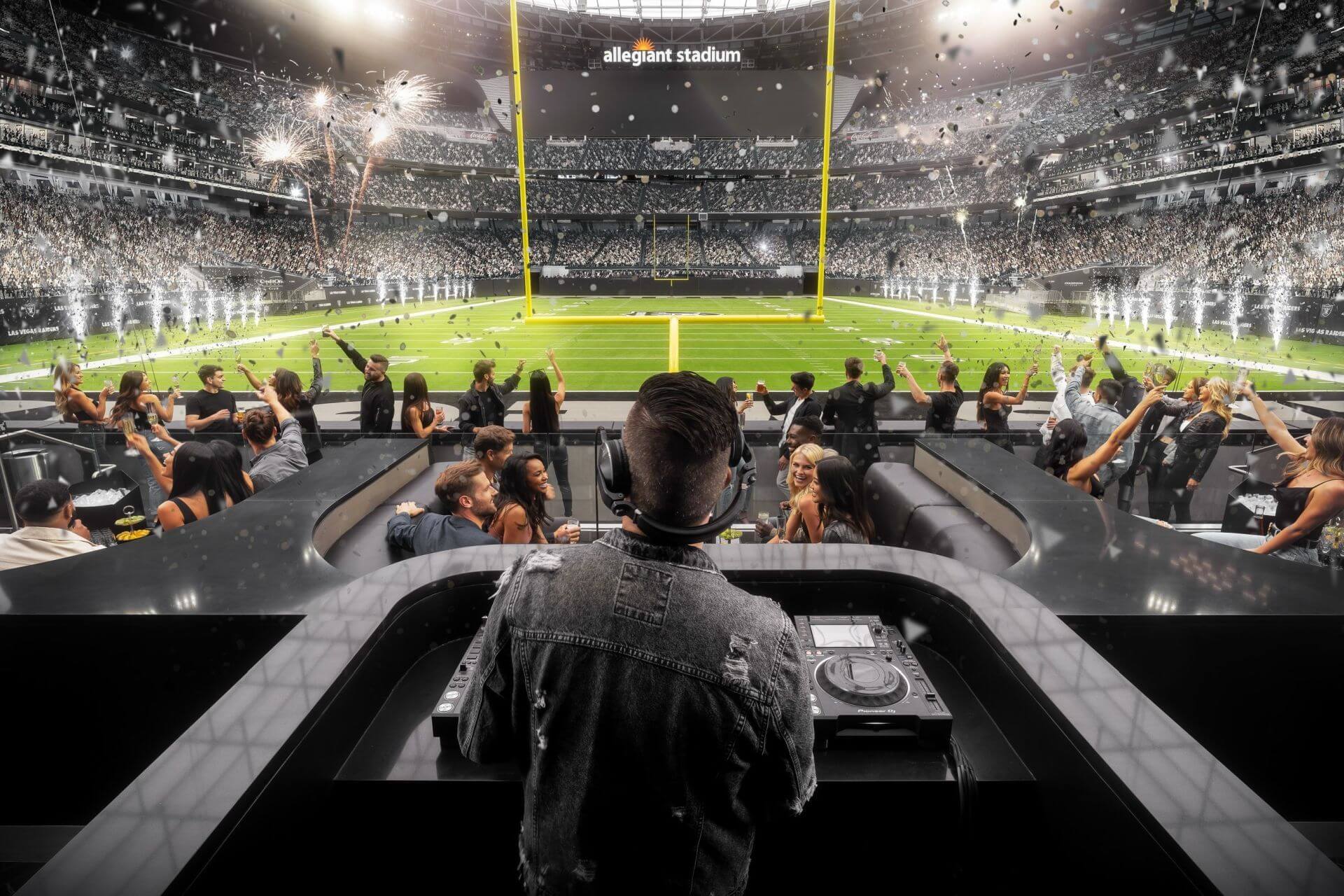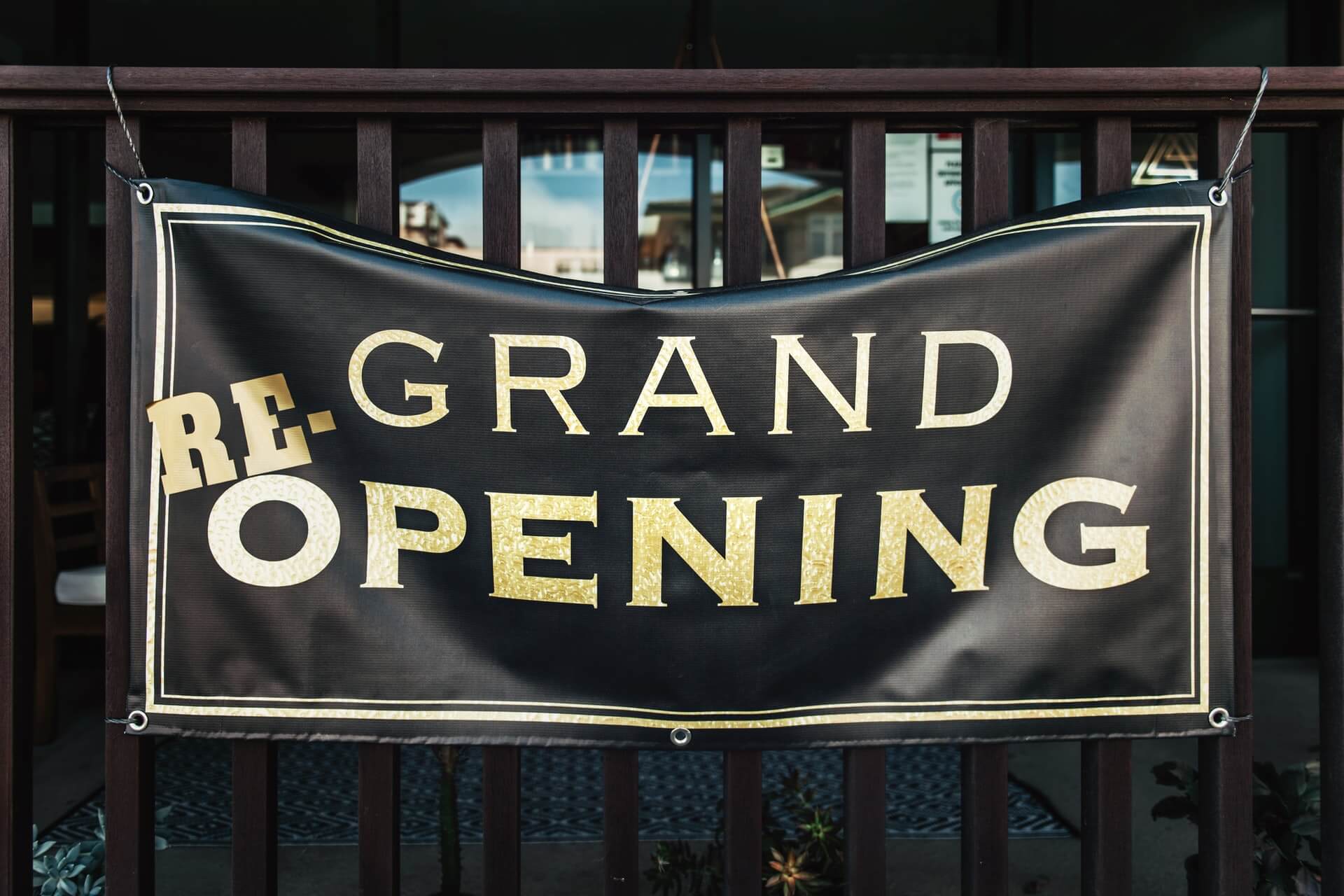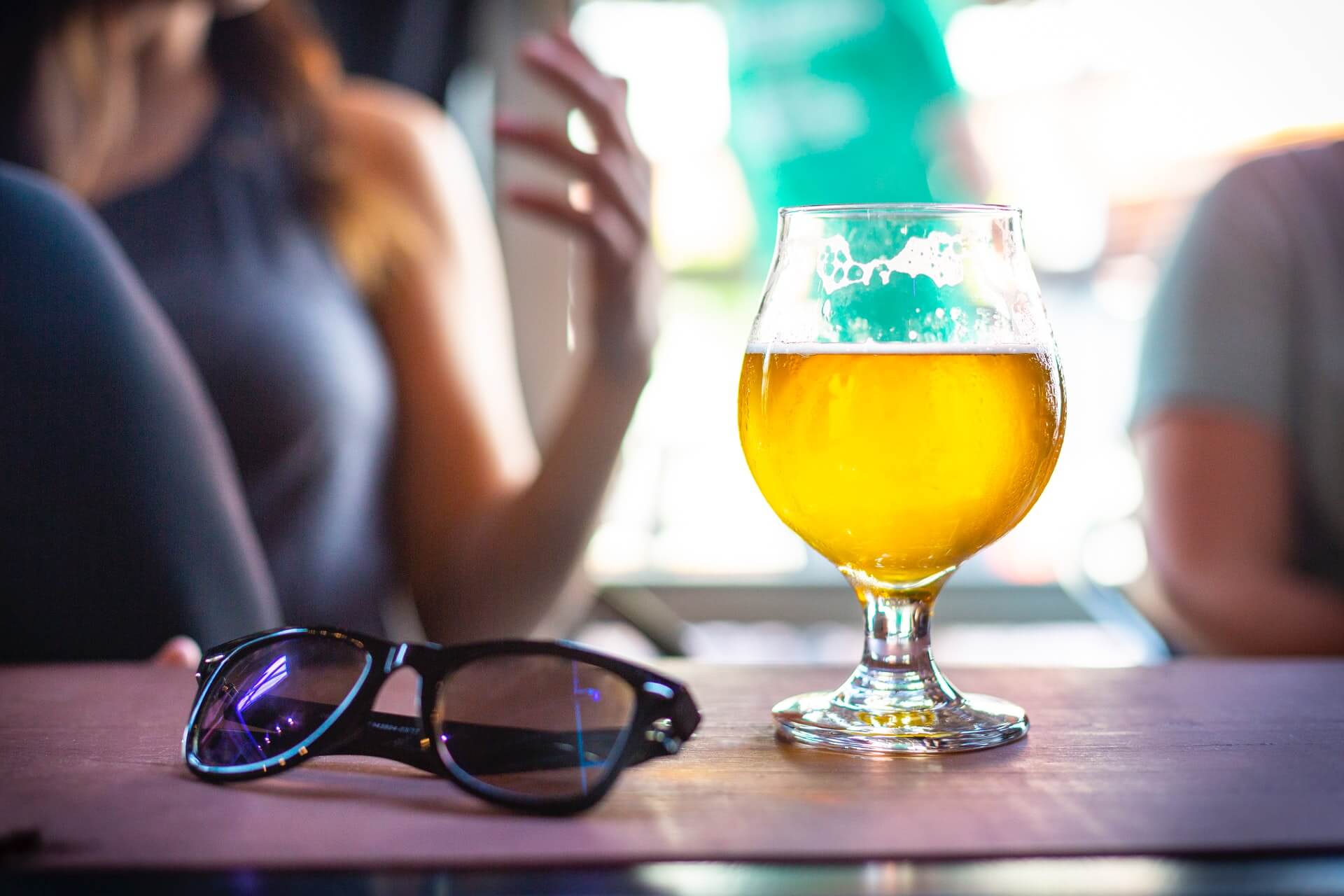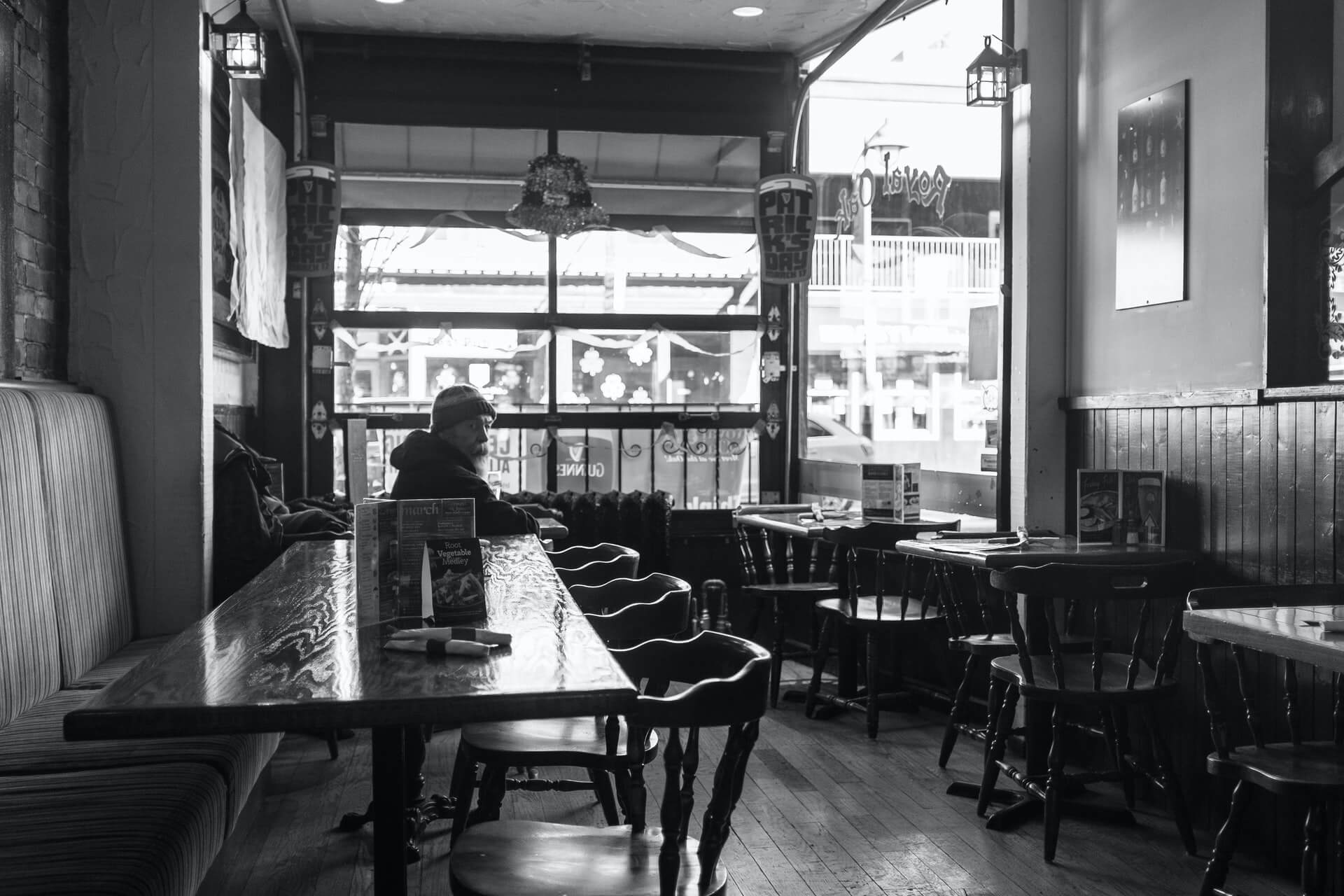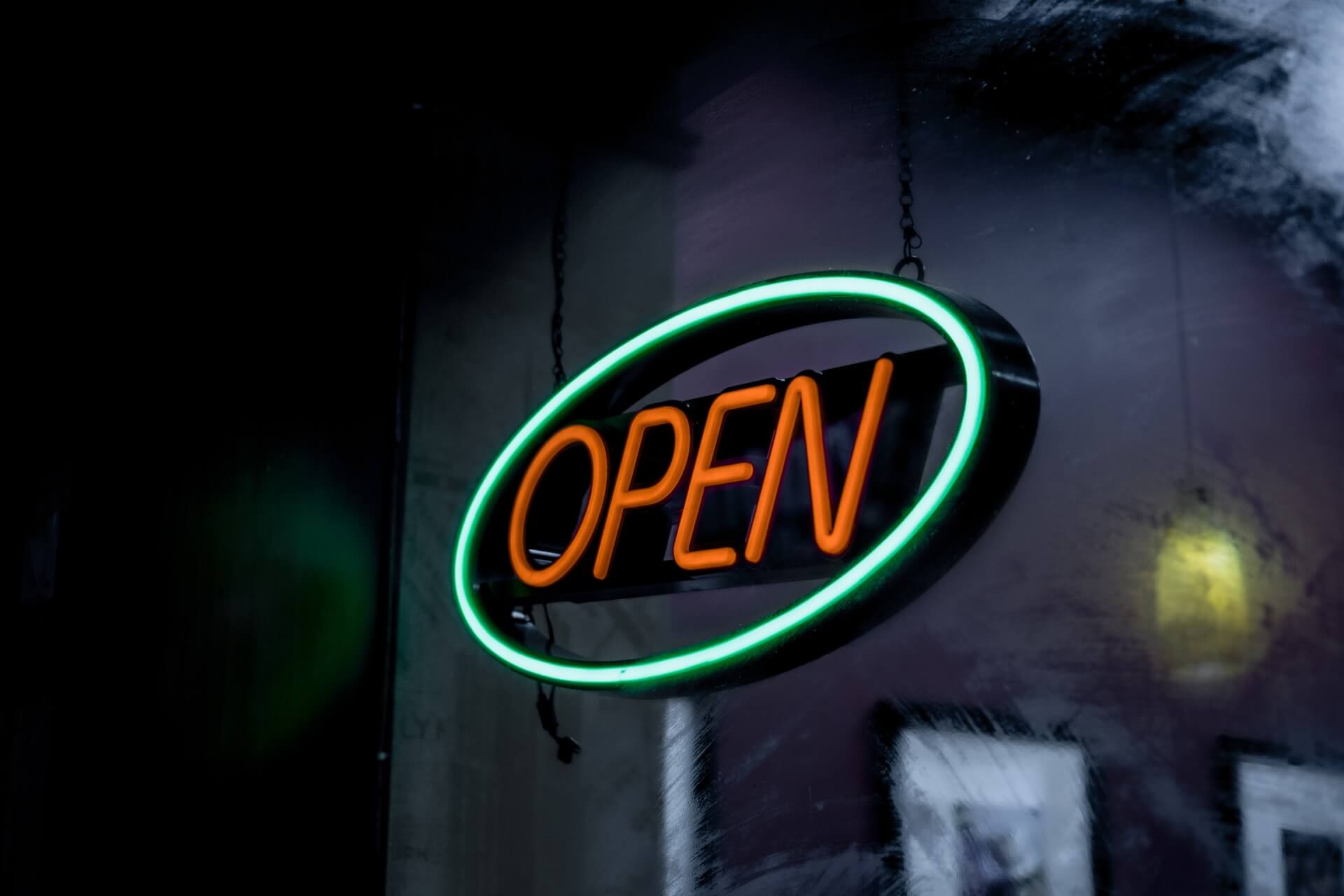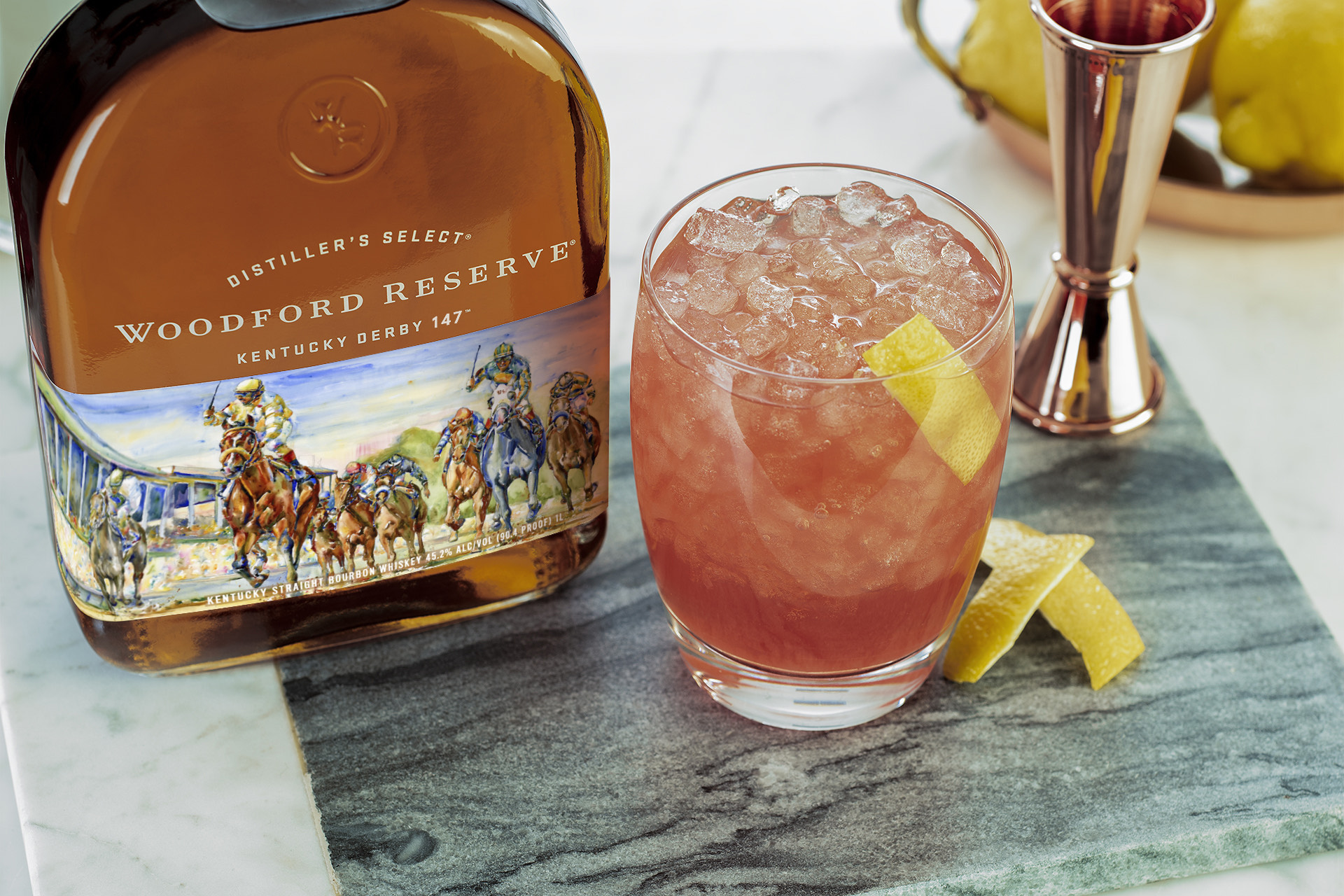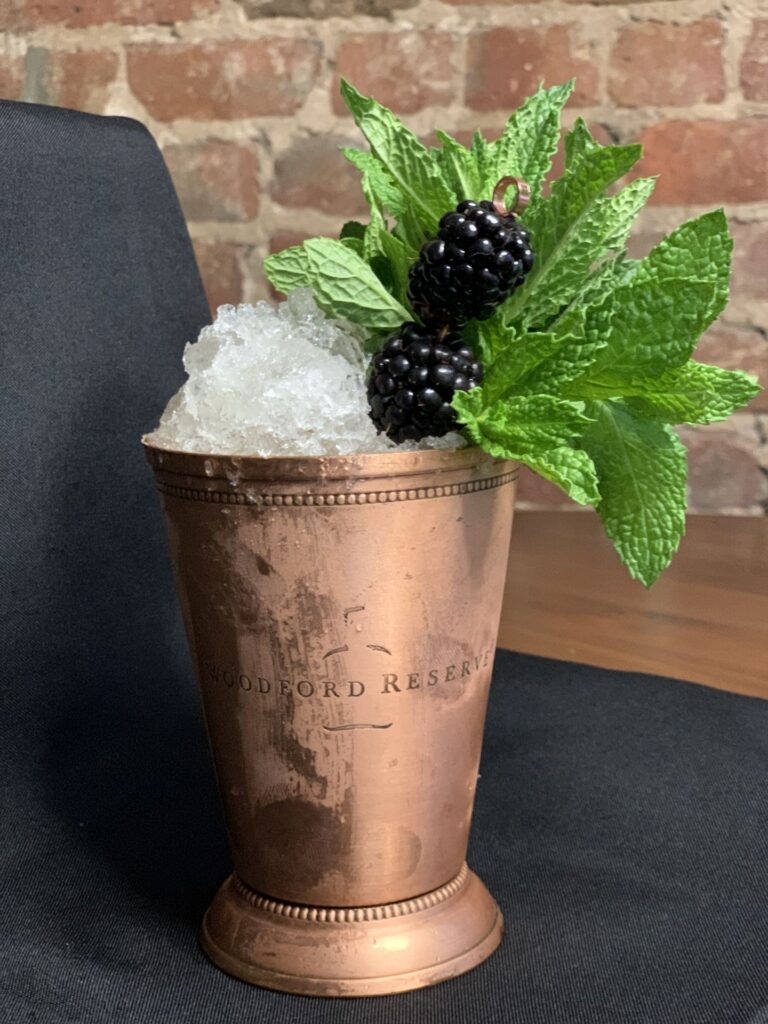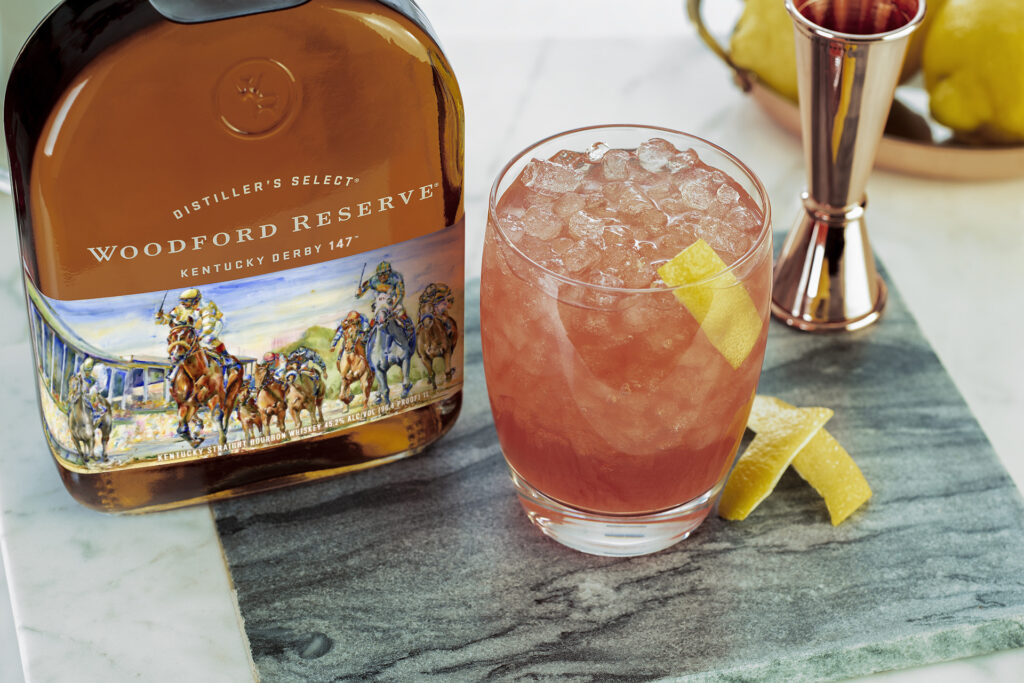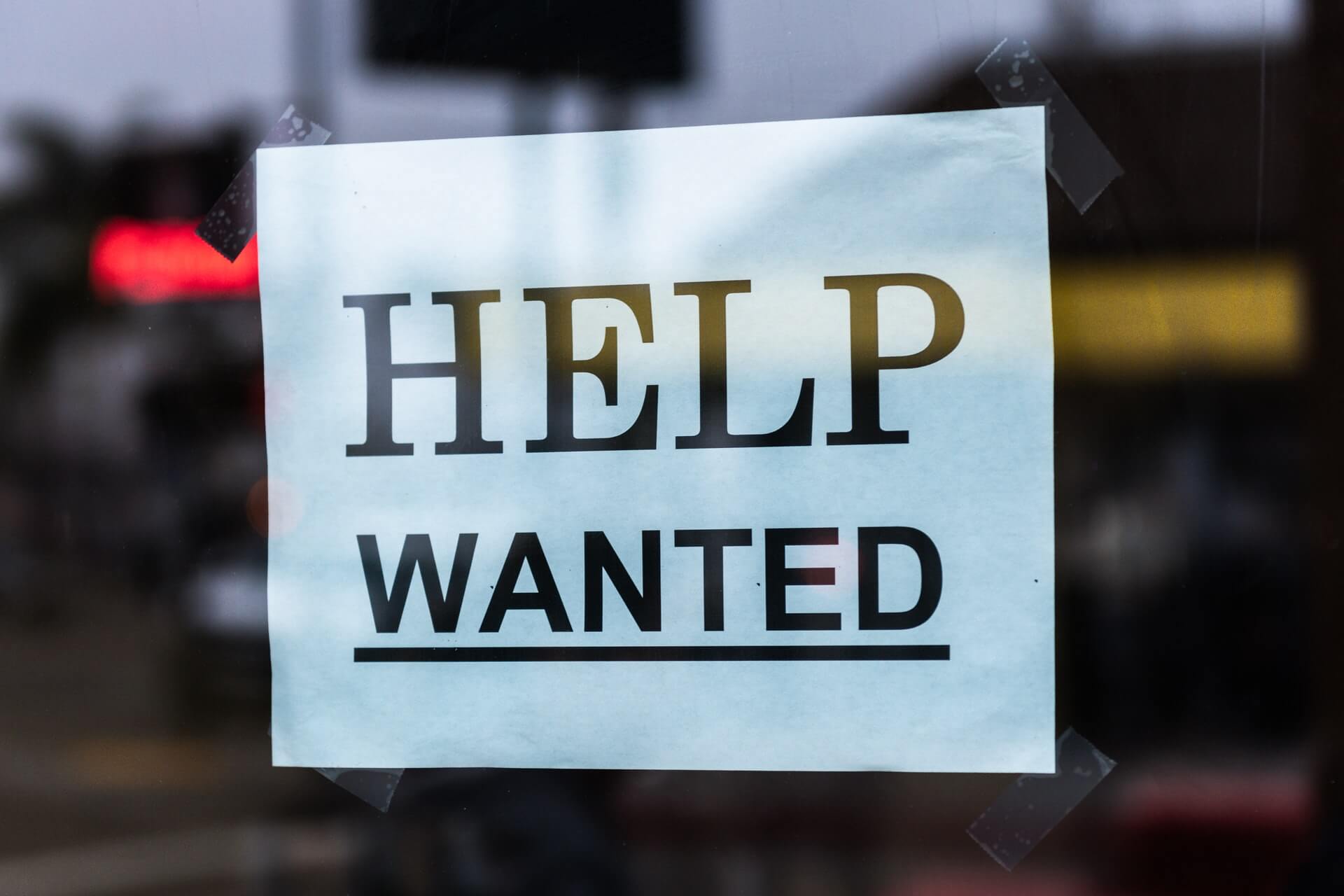Tell the Government to Refill the RRF
by David Klemt
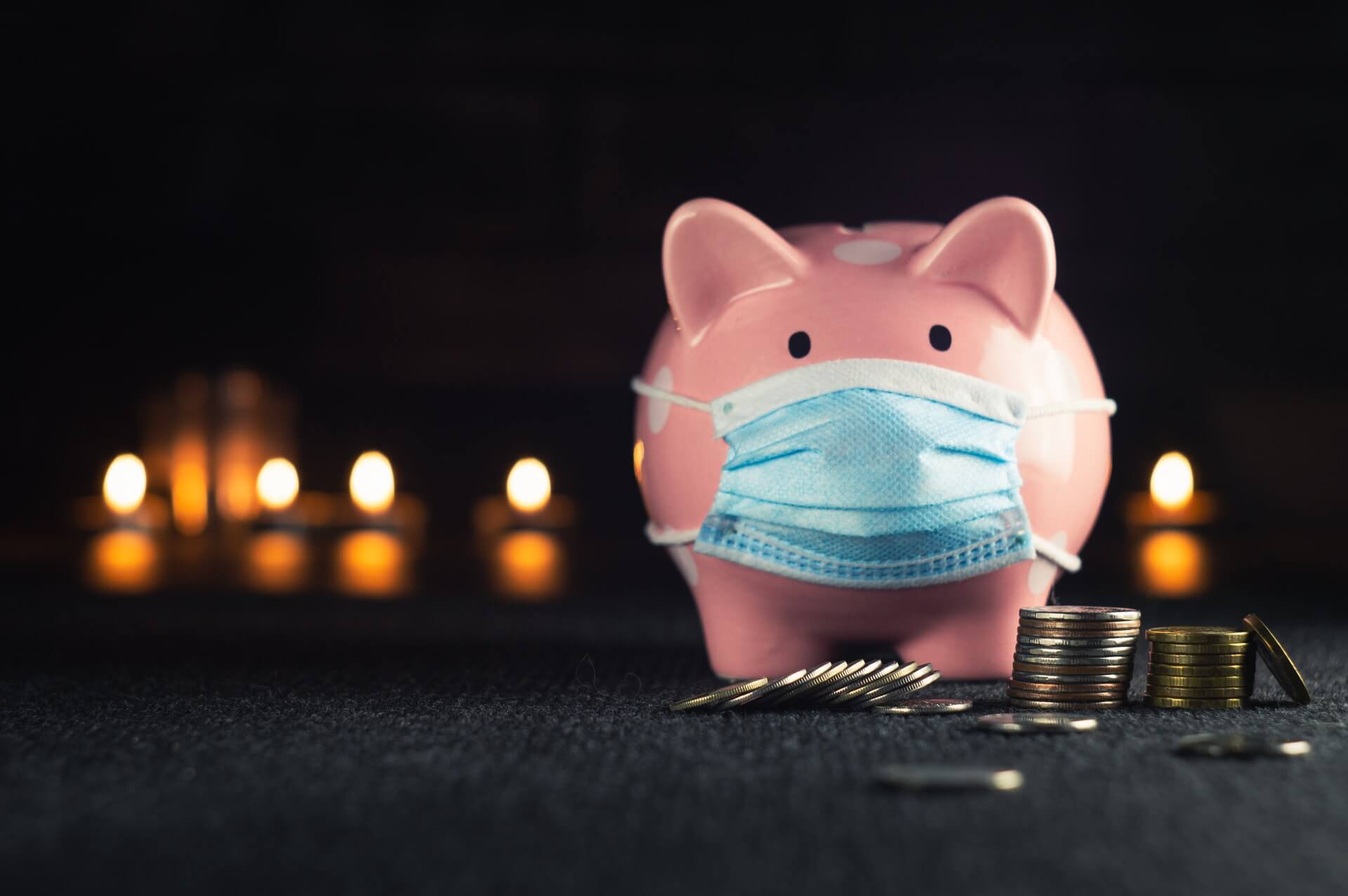
The National Restaurant Association is urging restaurant, bar and other hospitality operators to sign a Restaurant Revitalization Fund petition.
Put concisely, the NRA’s petition asks the federal government to replenish the RRF.
Grants are going out and there’s no guarantee the $28.6 billion fund is enough for every eligible business. Therefore, the NRA is calling for more funds.
The Petition
Now, there is good news regarding the RRF. Per the Small Business Administration, 21,000 applicants have received $2.7 billion in grants.
However, when one considers that well over 180,000 grant applications were submitted within the first 48 hours, the $28.6 billion will more than likely run out before every eligible business receives a grant. The first 16,000 grants alone total $2 billion.
According to one source, priority applications carry a value of approximately $29 billion. Obviously, that’s more money than is in the fund.
And that’s only the value of applications receiving priority for the first 21 days. Clearly, more funding is necessary.
As the NRA’s petition states, “We are urging policymakers in Washington—from the White House to Capitol Hill—to replenish the RRF to maximize relief for small independent and franchise restaurant operators. Americans can’t wait to get back into their favorite restaurant with their family and friends, and the federal government can play a key role in making that a reality.”
Click here to sign the NRA’s petition. Our industry is the hardest hit by the pandemic and every eligible business deserves funding.
It’s not that this industry isn’t grateful—it’s that hundreds of thousands of businesses are fighting to stay alive. They’ve been doing so for more than a year.
The RRF
The SBA’s RRF portal link is https://restaurants.sba.gov. Alternatively, operations can use a POS that’s an SBA partner to apply. Partner systems include Clover, NCR, Square, and Toast.
According to the SBA website, certain eligible entities will be given priority.
For the first 21 days the application process is open, priority will go to small businesses with a minimum of 51 percent ownership by women, veterans or socially disadvantaged people.
The application process should open to every applicant on Monday, May 24. For more in-depth information, operators can follow the appropriate links to review the Small Business Administration’s RRF program guide and sample application.
Applicants do not need to register with SAM.gov (System for Award Management) or provide DUNS or CAGE identifiers.
To calculate a grant amount, an applicant subtracts 2020 gross receipts from 2019 gross receipts. Applicants must deduct first-draw PPP and second-draw PPP loans. Any economic disaster loans—Economic Injury Disaster Loans, for example—are not RRF deductions.
Again, please click here to sign the NRA’s petition today.
Image: Konstantin Evdokimov on Unsplash

